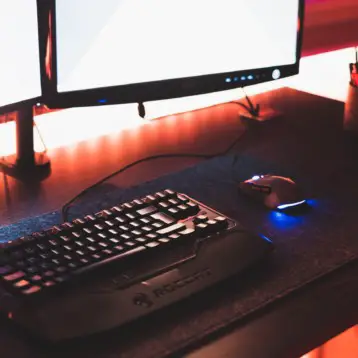Michael Gratzel, a chemistry professor from the Ecole Polytechnique Federale de Lausanne, in Switzerland and Peng Wang, a professor at the Changchun Institute of Applied Chemistry, Chinese Academy of Sciences have recently been able to create new, efficient dye-sensitized solar cells called Gratzel cells. The new cells use nonvolatile electrolytes, achieving, for the first time, a level of efficiency close to conventional thin-film solar cell technology.
 |
Michael Gratzel
(Credit: EPFL) |
|
Gratzel cells, named after their inventor, Michael Gratzel, have long been considered a promising technology for reducing the cost of solar power. Potentially cheaper to make than conventional solar cells, Gratzel cells can be printed quickly. The cell’s full potential hasn’t yet been realized because in order to achieve efficiency levels high enough to compete with conventional solar cells, it is necessary to use volatile electrolytes which need to be carefully sealed inside the cells, an expensive and unreliable step in the manufacturing process.
However, in a recent development, Gratzel and Wang have made efficient solar cells that use nonvolatile electrolytes, achieving an efficiency level equivalent to conventional solar cells. Additionally, the solar cells remained stable when exposed to light and high temperatures for 1,000 hours, “pushing the technology close to over the ’10 percent hump,’ which is where a thin-film technology needs to be to be economically competitive,” says Tonio Buonassisi, a professor of mechanical engineering at MIT.
One of the electrolytes used in the new solar cells is called ionic fluid – a fluid largely made up of ions and often composed of salts that have low melting temperatures. An ionic fluid can be used with plastic electrodes, which would allow for solar cells that are both efficient and flexible, and therefore could be incorporated into clothing, awnings, and covers for cars. The ionic fluid was mixed with a new dye which absorbs light far better than the conventional dye. Because the dye absorbs light so well, the thickness of the active material in the solar cell can be cut in half, which makes it easier for electrons to escape the solar cell and reach an external circuit, in turn increasing efficiency.
When the researchers tried pairing the new dye with a nonvolatile solvent-based electrolyte they reached slightly higher efficiencies. The downside is that the electrolyte is not quite as stable as an ionic liquid, and it can’t be used with plastic.
The dye-sensitized solar cells can be used for applications such as recharging cell phones, especially in countries with unreliable electricity, as well as doubling as the facade on buildings. The recent advances could make the cells more efficient and cheaper to manufacture.
More information about the new Gratzel plastic solar cells can be found on MIT’s
website.
Top image: G24 Innovations solar cell.











